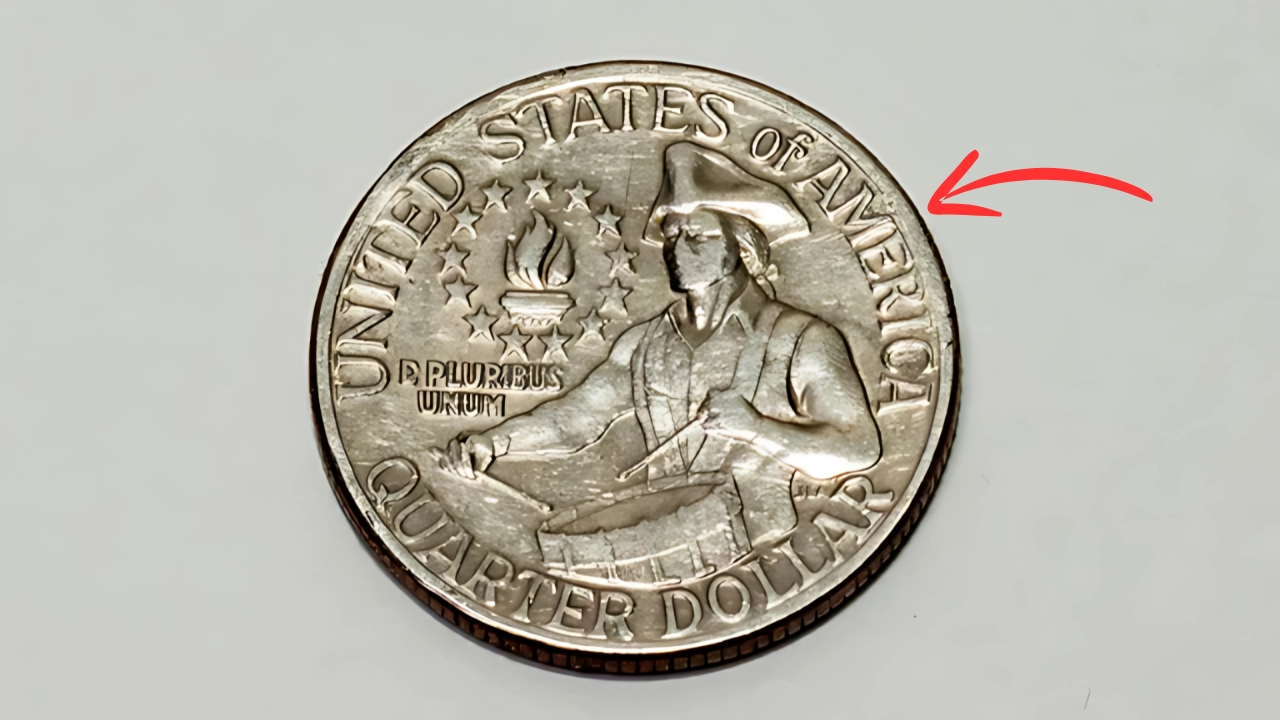In the realm of American numismatics, certain coins stand out for their exceptional rarity and investment potential. This comprehensive analysis examines five remarkable dime varieties and significant Bicentennial quarter variations that demonstrate particular market strength in today’s collecting environment.
The 1894-S Barber Dime: A Crown Jewel
The 1894-S Barber dime represents the pinnacle of American numismatic rarity. With only 24 specimens originally produced at the San Francisco facility, and merely nine confirmed survivors, this coin commands extraordinary market values.
The finest known specimen, graded Proof-66 by PCGS, achieved a remarkable $1.9 million at auction. Even specimens in lower preservation grades regularly command six-figure prices, demonstrating consistent market strength across condition levels.
The circumstances surrounding this issue enhance its market appeal significantly. The production history, involving Mint Superintendent John Daggett’s special striking order, adds fascinating context to its numerical scarcity. Recent market transactions demonstrate continued appreciation potential, particularly for specimens with documented provenance.
The 1916-D Mercury Dime: First-Year Scarcity
The 1916-D Mercury dime maintains strong market presence through its combination of historical significance and limited availability.
First-year production limitations at the Denver Mint resulted in only 264,000 specimens, creating lasting collector demand. Outstanding examples in Mint State grades regularly achieve prices exceeding $100,000, while even moderately circulated specimens maintain strong four-figure valuations.
This coin’s historical importance, marking the introduction of Adolph A. Weinman’s Mercury design, enhances its market appeal considerably. Recent auction results demonstrate particular strength in examples showing sharp strike characteristics and original surface quality.
The 1942/1 Mercury Dime: Wartime Premium
This exceptional overdate variety, produced during World War II, demonstrates remarkable market performance across preservation levels. Created through die repunching, this error produced limited specimens before discovery.
Premium examples in Mint State grades command prices exceeding $50,000, while circulated specimens maintain robust four-figure valuations.
The wartime production context adds historical significance to its technical rarity. Market participants demonstrate particular interest in examples showing clear overdate characteristics and attractive original surfaces.
The 1968-D No S Proof Dime: Modern Excellence
This modern rarity originated from an unusual circumstance where proof dies, typically bearing the S mintmark, were used at the Denver facility without the expected mintmark.
The limited production run created an instant numismatic sensation. Current market values for certified examples in Proof-65 or better regularly exceed $20,000, demonstrating strong demand for exceptional modern varieties.
Population reports indicate particular scarcity in grades above Proof-67, creating opportunities in condition-rarity specimens. Market performance shows consistent appreciation, particularly in examples with original proof surfaces.
The 1975 No S Proof Dime: Contemporary Rarity
Another modern proof variety, the 1975 No S proof dime, resulted from similar production anomalies at the San Francisco Mint. With fewer than 50 authenticated specimens known, this variety maintains strong market presence.
Recent auction results demonstrate values exceeding $40,000 for premium examples, indicating sustained collector interest in exceptional modern rarities.
Bicentennial Quarter Variations: Premium Categories
Several specific Bicentennial quarter varieties command significant premiums in today’s market: The Doubled Die Variety represents perhaps the most valuable category.
Premium examples showing clear doubling in the reverse design elements, particularly in the drummer boy’s features and lettering, achieve remarkable values.
Recent market transactions indicate prices ranging from $2,500 to $5,000 for exceptional Mint State specimens displaying sharp strike characteristics and original surface quality.
The Silver Proof versions present particular value opportunities. These specimens, containing 40% silver content, typically command premiums 30-50% higher than their clad counterparts. Perfect Proof-70 examples occasionally reach $400 to $600 in specialized auctions, particularly when displaying exceptional eye appeal and complete strike characteristics.
Market Value Analysis and Investment Considerations
Several crucial factors influence market values for these numismatic rarities: Authentication proves essential for all these varieties. The presence of counterfeit specimens necessitates thorough authentication through recognized grading services.
Market participants demonstrate strong preference for examples certified by PCGS or NGC, with premium values typically reserved for authenticated specimens.
Preservation standards vary among these issues, with some demonstrating particular value increases in specific grade ranges. The 1894-S Barber dime shows exponential value increases above Proof-64, while modern varieties demonstrate similar dynamics in their respective highest grades.
Strike characteristics significantly impact value, particularly in proof specimens and error varieties. Well-struck examples showing complete design detail command substantial premiums over weakly struck pieces, regardless of overall grade level.
Surface quality represents a crucial value component. Market participants particularly value specimens displaying original mint luster or attractive natural toning. Previously cleaned or damaged examples typically realize significant value reductions.
Investment Strategy Development
Successful participation in this market segment requires careful consideration of several elements: Focus acquisition efforts on obtaining the finest available specimens within budget constraints.
Emphasize original, problem-free examples certified by leading grading services. Maintain detailed documentation of provenance and certification numbers.
Regular market monitoring through review of auction results and retail prices proves essential. Population data changes can significantly impact relative rarity and market values, necessitating ongoing awareness of market dynamics.
Future Market Prospects – Dimes and a Rare Bicentennial Quarters
Several factors suggest continued evolution in this market segment: Demographic trends indicate a new generation of collectors entering the market, bringing fresh perspectives and collecting approaches. This demographic shift potentially impacts future market dynamics and collecting patterns.
Technological advancements through improved imaging capabilities and authentication methods enhance market confidence. Digital platforms facilitate market participation while improving access to population data and pricing information.
This market segment continues demonstrating strong performance potential for informed participants. Success requires understanding value determinants, market dynamics, and condition rarity factors.
While representing different production eras and circumstances, these coins maintain strong collector interest and market presence.
Their various collecting approaches and condition rarity factors create multiple paths for market participation, suggesting continued opportunity in this fascinating segment of American numismatics.
